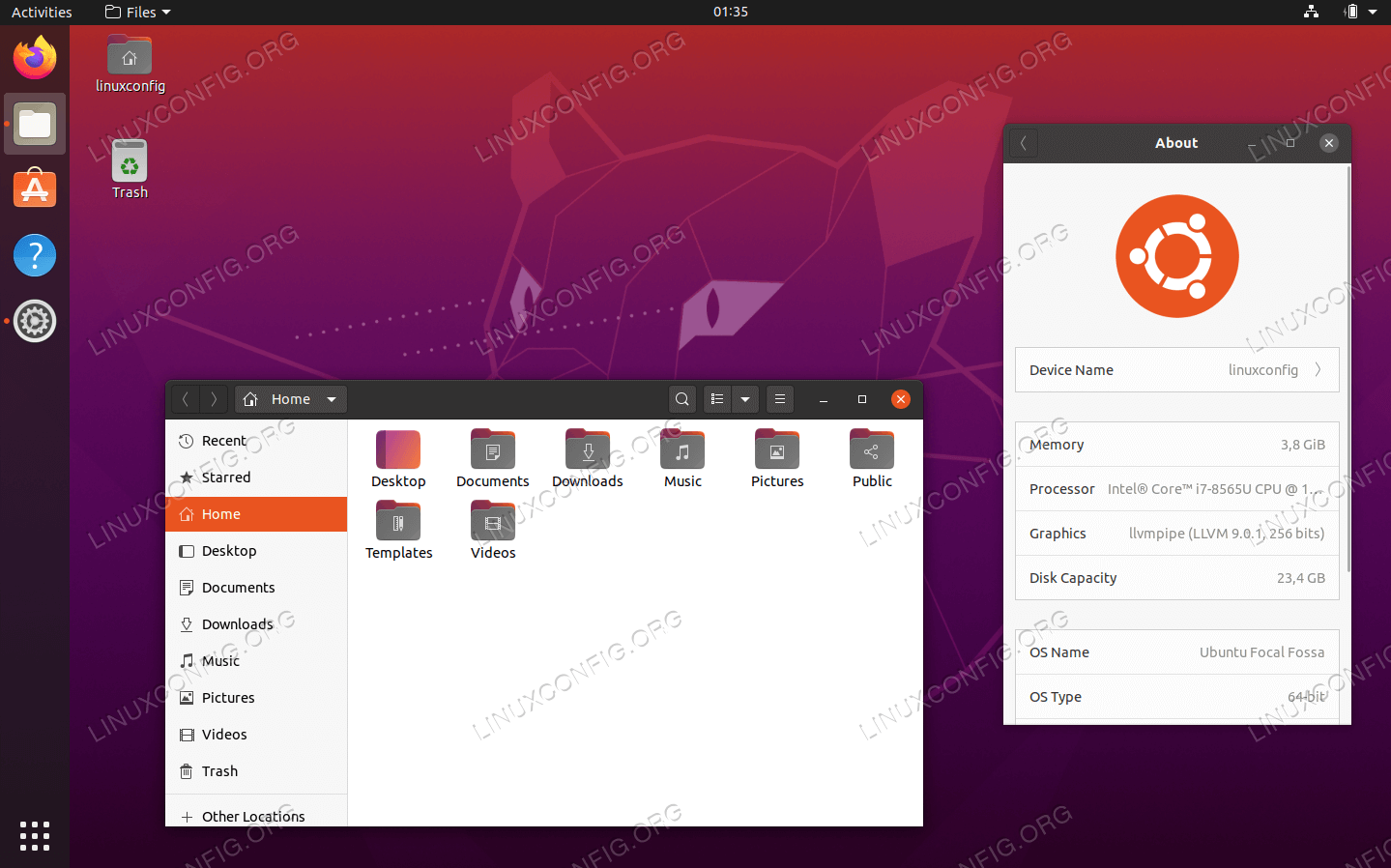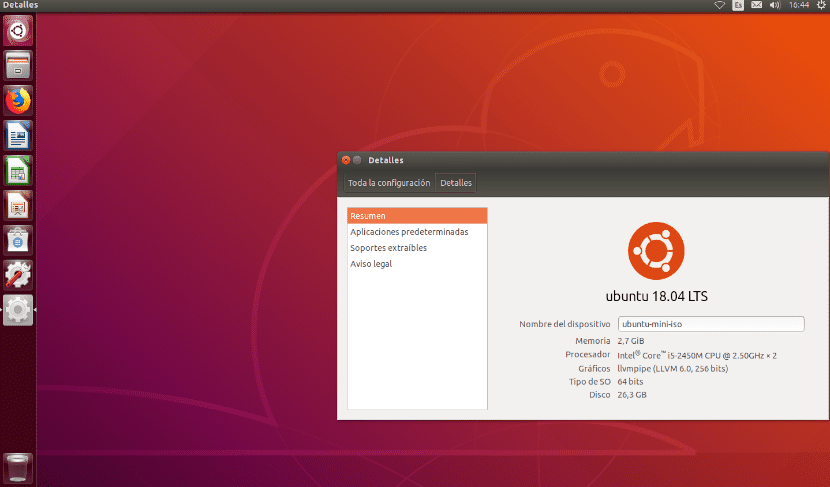

Until now, I only was able to install a 32 bit Ubuntu 16.04 but Id like to 'upgrade' to a. When mini.iso boots select Install by pressing ENTER. The mini.iso is output of the debian-installer build and continues to be available at It has not been dropped, but neither is it an image that we recommend users use for installation. This is due to the 32 bit BIOS and 64 bit CPU which seems to confuse the installer. Installing from mini.iso is straight forward, here is an overview of what to do. Im (desperately) try to install Ubuntu 18.04 64 bit (mini.iso) but I fail in each and every attempt. Ictually here you can find link to Dell recovery media (on original page position is a link for iso.īut I think you can use Ubuntu original iso from and try it first of all as live-cd and then install if you want. Ubuntu Install Ubuntu 18.04 (mini.iso) on MacMini 2,1.
#INSTALL UBUNTU MINI ISO HOW TO#
Inspiron 530n, 1420n, 1525n XPS m1330n, 1530n Studio 15n ubuntu-8.04.1-dell-reinstall.iso 2160 MB 4235b683f3dd537c0388c1987a5b4458įor directions on how to use and install from this ISO, please visit OS Reinstallation" I clicked on that and booted into the Ubuntu installer.

Mac Mini Boot Device Menu The EFI boot option was my USB stick. After a brief pause you’ll be shown the boot device menu which looks something like that shown below. If you have any questions, please send an email to the Dell linux-desktops mailing list. This is simple, just boot up the Mac Mini and hold down the left ALT key. Make sure that the ISO and the hard drive you are installing are connected to the VM. Ubuntu 12.04 (as well as Kubuntu 12.04) uses the PAE Linux kernel by default for 32bit ISOs so old computers that don't support PAE can't boot the latest Ubu. Next, open up your virtual machine software and create a VM if you haven’t prepared one yet. If you are going to install on the virtual machine, of course, skip the burning of the ISO.

If you want to dual boot a system with Windows, you will want to install using a standard Ubuntu 8.04.1 DVD. Let’s Begin First, download the 18.04 minimal ISO on the wiki page. This image will erase all content on the machine and return it to a factory Ubuntu configuration. Do not call Dell Technical support with questions about this image, or software installed by this image, as they will not be able to help you. DISCLAIMER: These images are unofficial Dell recovery media and are provided as-is.


 0 kommentar(er)
0 kommentar(er)
